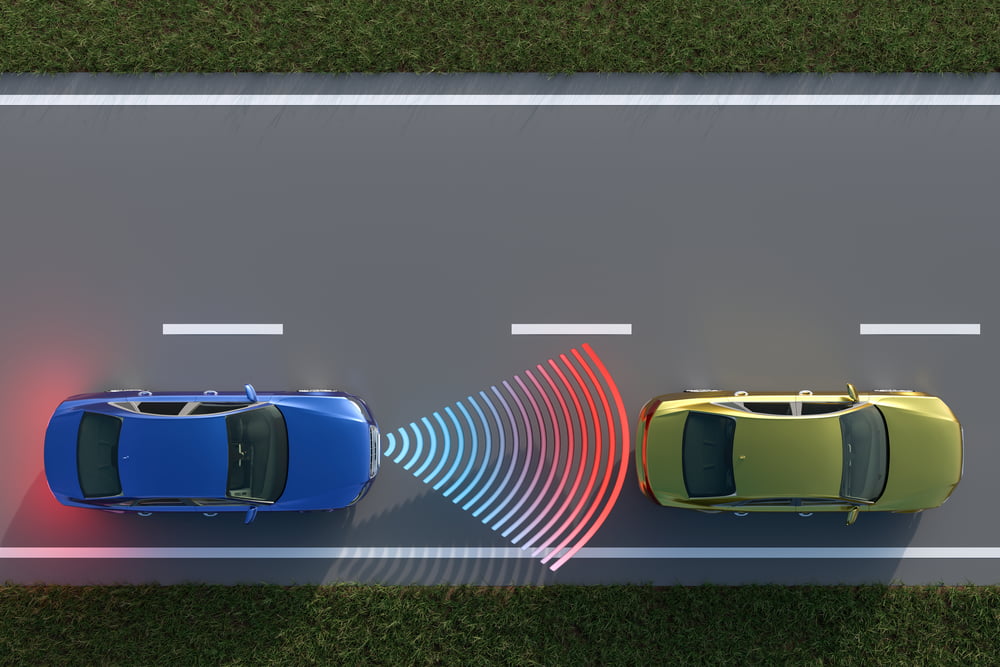Does Adaptive Cruise Control have different names?
Yes. There are several autonomous cruise control systems out there. They are now becoming more and more popular in newer model vehicles. Depending on the manufacturer of the vehicle, the system may be called; Adaptive Cruise Control, Radar Cruise Control, Intelligent Cruise Control, Traffic-Aware Cruise Control, or Dynamic Radar Cruise Control.
What exactly does Adaptive Cruise Control do?
It could potentially be described as cruise control for traffic.
The autonomous cruise control system is an extended version of cruise control. The driver is able to turn the system on or off. When the system is engaged, it will function like a regular cruise control until the vehicle gets close behind another one, within line of site. The vehicle uses sensors or lasers to detect this and will begin slowing down.
For example, you are driving on the highway with cruise set to 70mph, you are approaching a slower moving vehicle ahead (say it’s doing 65mph), the autonomous cruise system will detect this and adjust the speed of your vehicle accordingly. This helps to maintain a safe distance between your vehicle and the one in front. The distance at which the vehicle begins to slow down at can be adjusted by the driver.
Autonomous cruise control is a major step towards autonomous vehicles. Cars that are equipped with ACC are considered level 1 autonomous. For more information on autonomous levels check out this article.
Lasers and sensors
Some vehicles use lasers in their autonomous cruise control systems and others use radar. Laser-based systems cannot detect other vehicles in bad weather conditions. Laser-based systems also may not work great on dirty vehicles, due to the lasers needing to be exposed. Radar-based systems are more popular and are used by major brands such as Toyota and Dodge.
Some ACC systems will come to a complete stop
Not all Autonomous Cruise Control systems are equal. There are basic systems and advanced, and of course, the price varies depending on the system. Some systems, when activated will cancel out below a certain speed, such as 25mph. Therefore the driver is still responsible for braking below these speeds. Other systems will combine with technology such as pre-collision braking. This means that when ACC is ON, the vehicle will come to a complete stop. Depending on the system, it may also then speed up again when the gap between the vehicle in front increases.
Do you have a question about a vehicle feature or something you’re not quite sure how it works, let us know and we’ll help you! Comment below or send us an email to [email protected]

Recent Comments